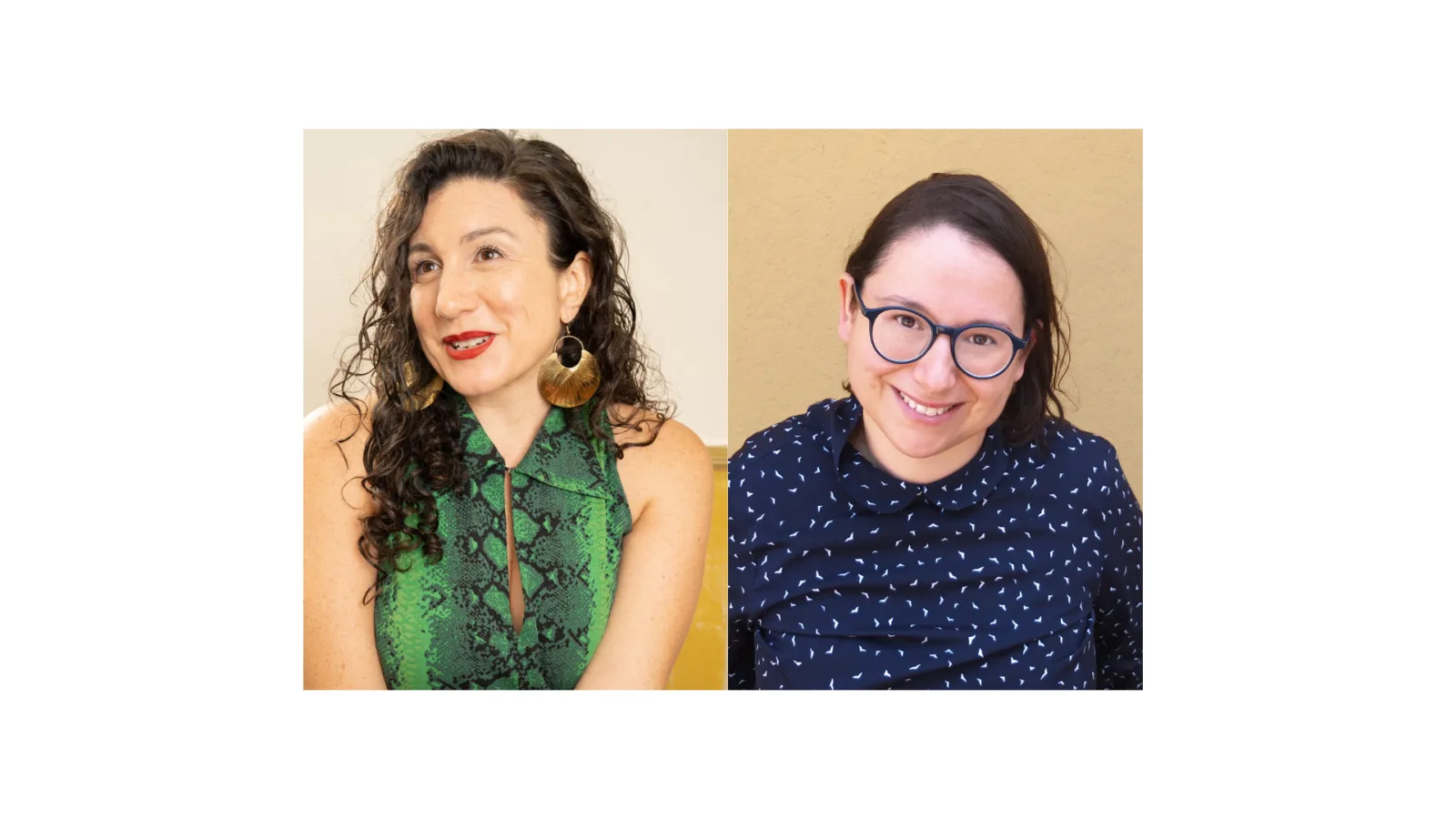Foul biting, or Diego Valadés and the Medium of Print
Stephanie Porras, Tulane University
In 1579, while representing the Franciscan Order in Rome, Diego Valadés published the Rhetorica Christiana. Although indebted to earlier rhetorical treatises, the Rhetorica Christiana also uniquely draws upon Valadés’ own experience as a missionary in New Spain. The volume contains an unusual number of illustrations – 27 prints – depicting mnemonic alphabets and instruments of memory, evangelization efforts in New Spain, as well as pre-Hispanic customs. Two scholarly assumptions have undergirded previous studies of the Rhetorica: that Valadés was mestizo (that is, of mixed indigenous and European descent) and that the prints are engraved. Yet, Valadés was most likely of Spanish parentage; and many of the prints are etched and signed (“fecit”) by the author himself. Reassessing the facture and ambition of the Rhetorica’s prints, this talk explores the epistemological and ontological operations of print in mediating transatlantic experience and the emerging fiction of ethnographic distance.
A Constellation of Marian Sentinels: The Pathetic Imagery of a Mediterranean Microcosm and its Visual and Political Connections with the Myriad of Iberian Borderlands
Maria Vittoria Spissu, University of Bologna
The visual and material spread of devotion to Marian images between the Gothic and Early Modern age, tied also to their miraculous powers, tells us not only about the sacred topography of the Catholic world under the Iberian aegis, but also about the sheer scale of the mobility of people (merchants, diplomats, artists, missionaries) and goods (corals, textiles, prints, books). The talk focuses on the incorporation of the cult of the Seven Sorrows of the Virgin within a Sardinian retablo painted by Pietro Cavaro (ca. 1520) and what this tells us about the devotional and stylistic models travelling between the Mediterranean Renaissance, Southern Netherlands, Spain, Portugal and the Iberian Americas. Before the undertaking of the Atlantic crossing or embarking on the Indies route, several images were forged in Habsburg Europe. These artworks – pathetic, lyrical, comforting, persuasive – represented cults that could coax potentially vulnerable borderlands susceptible to disconnection into a sense of belonging. Analyzing this circuit of images, we will see how the transformation of models (also by means of prints) along commercial routes and the repeated re-working of the same iconographic motif as a form of participation in a common religious and cultural dimension could become an instrument of political cohesion and social exclusion of the unconverted, thus creating moral communities and reinforcing Iberian sovereignty.
Registration
This event is free, but all participants must register in advance. Space is limited, so please do not request a paper unless you plan to attend.
About the European Art Seminar Series
The Center for Renaissance Studies European Art Seminar considers work in art history that explores painting, sculpture, graphic art, architecture, caricature, manuscript illumination, book arts, and material culture.
The coordinators for the Seminar in European Art are Suzanne Karr Schmidt (Newberry Library), Lia Markey (Newberry Library), and Walter Melion (Emory University).
The European Art Seminar is sponsored by the Samuel H. Kress Foundation.
